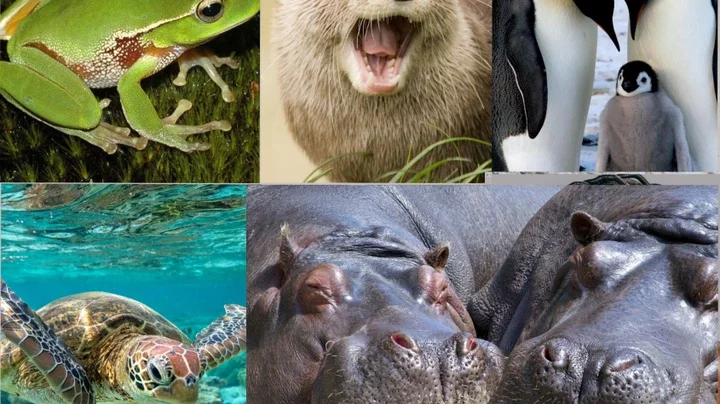
Animals have adapted to live in a variety of environments, showcasing the incredible diversity of life on Earth.
Among these, certain animals have the unique ability to thrive both on land and in water, making them subjects of fascination and study.
These creatures, known as amphibious animals, play crucial roles in their ecosystems, acting as indicators of environmental health and bridging the habitats between aquatic and terrestrial realms.
The adaptability of these animals is not just a testament to the evolutionary marvels of nature but also highlights the interconnectedness of ecosystems.
They navigate through different environments with ease, each species equipped with specialized adaptations that allow them to exploit the resources of both land and water.
From breathing mechanisms to locomotion and feeding strategies, these animals have mastered the art of survival in dual realms.
This article discusses the world of the top 10 animals that comfortably call both land and water their home;
1. Amphibians (Frogs and Salamanders)
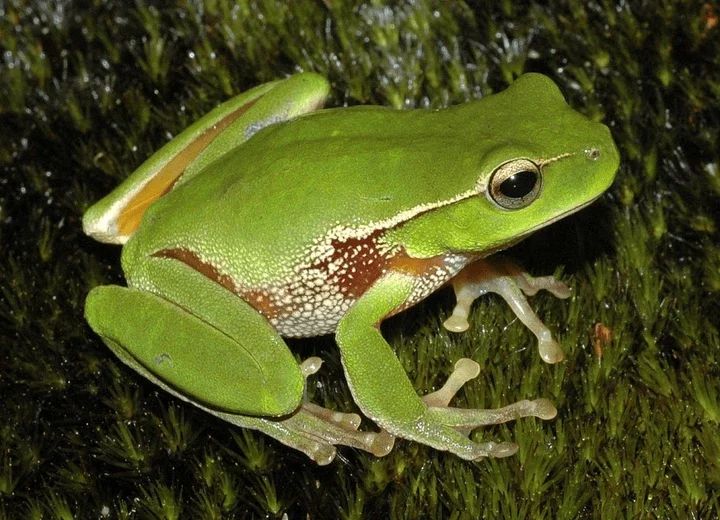
Starting with the most obvious, amphibians like frogs and salamanders are the quintessential animals living on both land and water.
Their life cycle includes both aquatic larval stages and terrestrial adult stages. Frogs, for example, breathe through their skin when in water and use their lungs on land, showcasing a remarkable adaptation to dual habitats.
2. Platypus
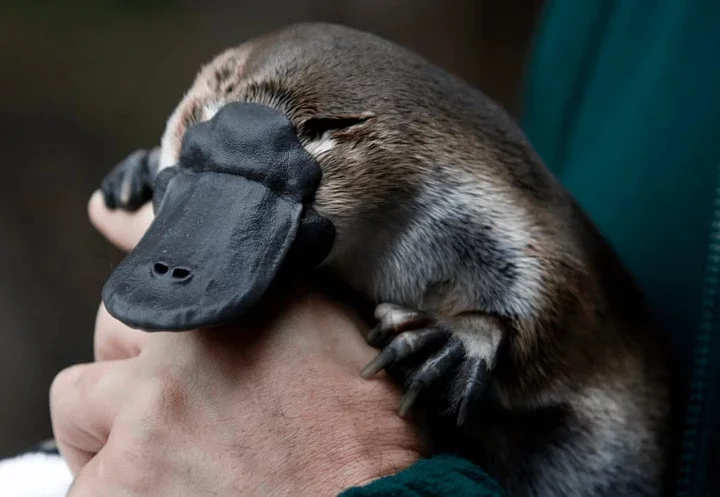
The platypus, native to Australia, is an extraordinary mammal that spends time both in water and on land.
Equipped with webbed feet and a waterproof coat, it hunts for food underwater. On land, the platypus nests in burrows, making it one of the few mammals to lay eggs.
3. Alligators and Crocodiles
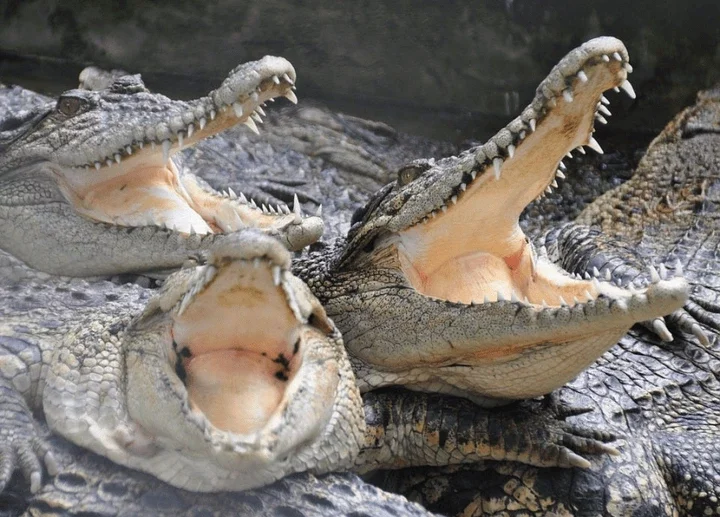
These ancient reptiles are perfectly adapted to life in both environments. With powerful tails for swimming and a formidable presence on land, they are apex predators in their habitats.
Their ability to lie submerged for extended periods allows them to ambush prey in water or on the shore.
4. Hippopotamus
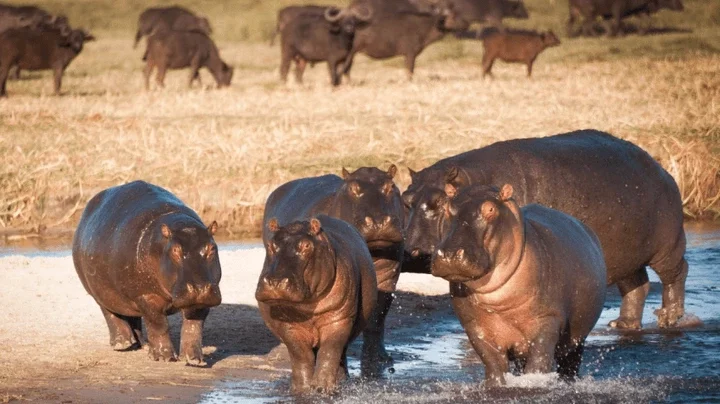
Despite their massive size, hippos spend a significant amount of time submerged in rivers and lakes to keep their bodies cool under the hot African sun.
They are well-adapted to aquatic life but also venture onto land at dusk to graze.
5. Sea Turtles
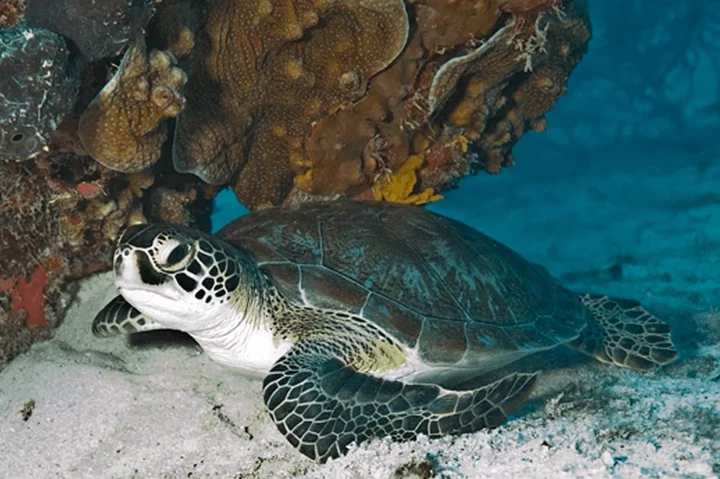
Though primarily marine animals, sea turtles come ashore to lay their eggs on sandy beaches.
Their flippers, while mainly used for swimming, also help them maneuver through the sand to nest, linking their life cycles to both land and sea.
6. Otters
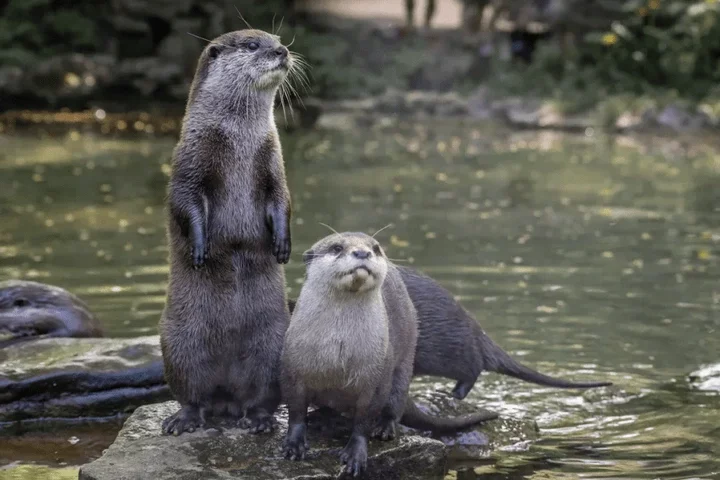
Otters are playful animals called mammals that have adapted to a semi-aquatic lifestyle. With streamlined bodies and webbed feet, they are excellent swimmers, hunting for fish in water.
On land, they den in burrows, showcasing their versatility.
7. Beavers

Known as nature's engineers, these animals, beavers build dams in rivers to create ponds, their primary habitat.
These structures demonstrate their ability to manipulate both their land and aquatic environments to suit their needs, living in lodges they construct within their ponds.
8. Penguins
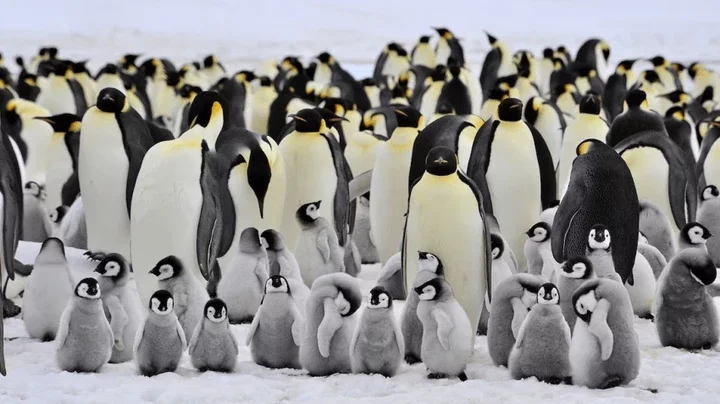
While not capable of flight like other birds, penguins have evolved flippers for swimming, spending a significant amount of time hunting in the ocean.
They return to land to breed and molt, with colonies often found on rocky islands.
9. Mudskippers

Mudskippers are a unique breed of fish that can walk on land using their pectoral fins.
Found in mangroves and tidal flats, they spend a considerable amount of time out of water, breathing through their skin and the lining of their mouth and throat when on land.
10. Snapping Turtles
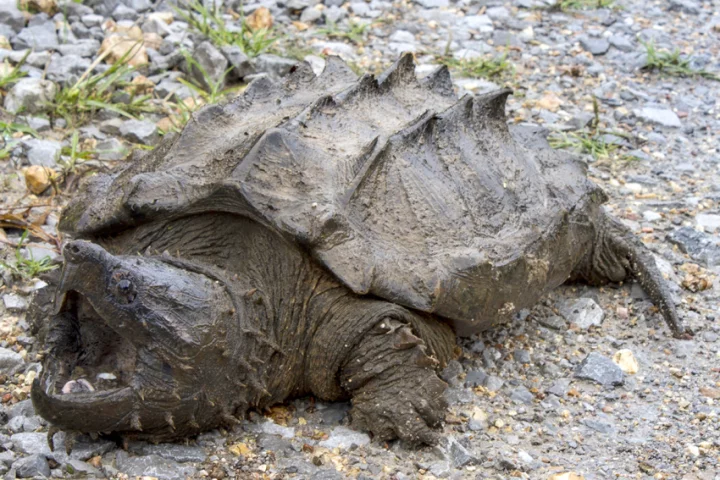
These turtles are adept at living in both freshwater and on land. With strong, webbed hind feet for swimming and a rugged shell for protection, snapping turtles can navigate through different terrains, from rivers to muddy banks.
The adaptability of these animals to both land and water environments underscores the complexity of life on Earth.
Their existence challenges the boundaries between aquatic and terrestrial ecosystems, highlighting the remarkable strategies animals have developed to thrive in diverse habitats.


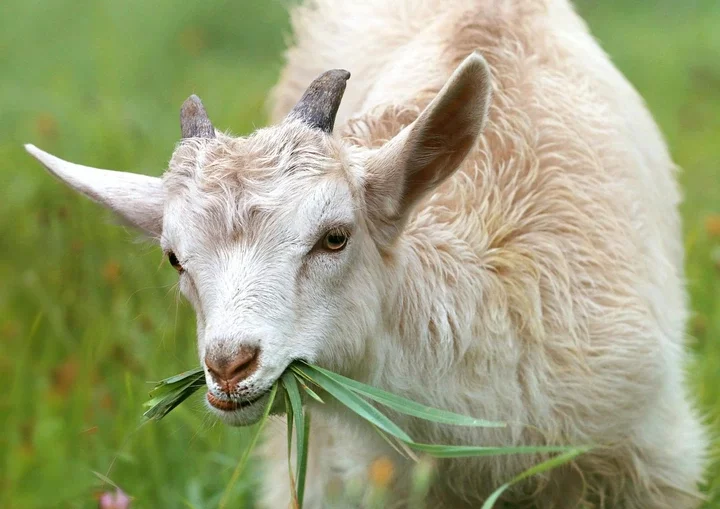

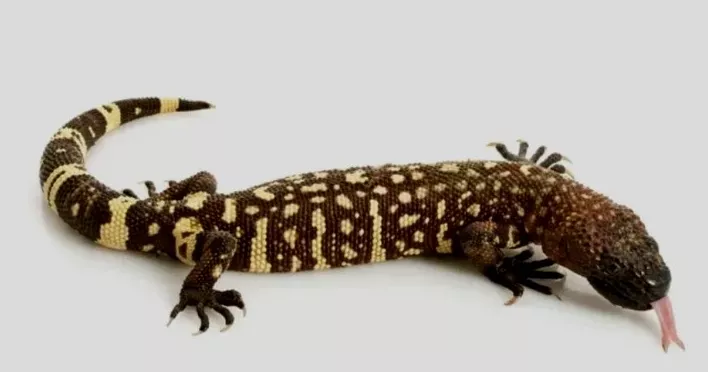

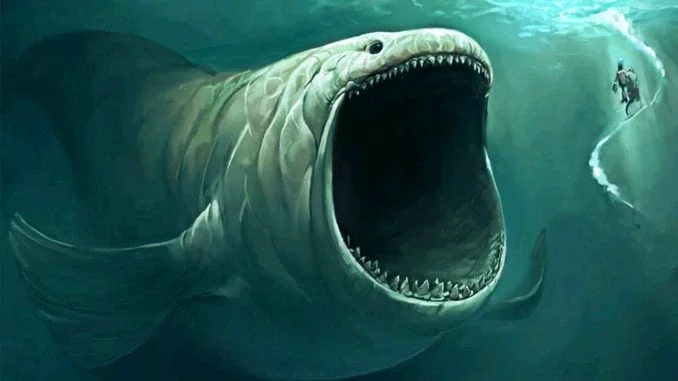










Comments